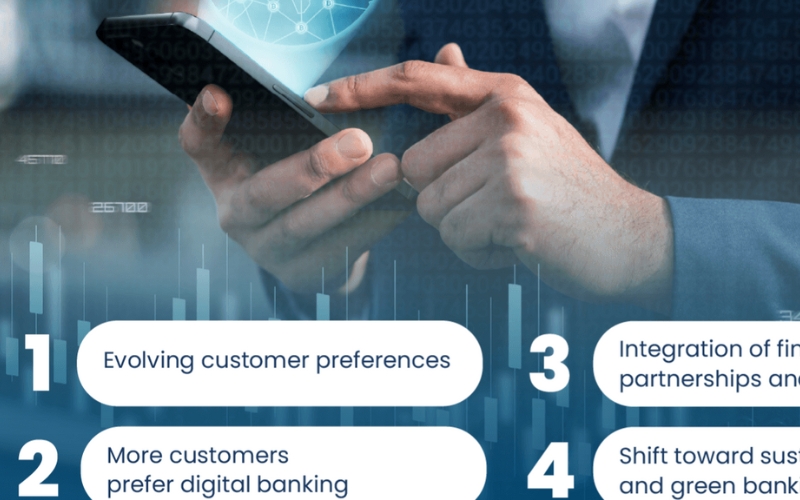How Does It Relate to Modern Banking has undergone a significant transformation over the past decade, as digital innovation and changing consumer demands have led to the rise of new financial products and services. One of the most exciting developments in this space is “Neo Insurance”—a modern approach to the insurance industry that leverages technology, data analytics, and customer-centric services. As we move into 2025, Neo Insurance is poised to play a key role in the future of both banking and insurance, offering more seamless, accessible, and personalized coverage for consumers.
In this article, we will delve into what Neo Insurance is, how it works, and its relationship with modern banking. We will explore the benefits it offers, the challenges it faces, and how this innovative model is shaping the future of financial services.
1. What is Neo Insurance?
How Does It Relate to Modern Banking to describe the next generation of insurance products that are fully integrated with digital technology, data-driven models, and customer-centric platforms. Unlike traditional insurance, which often relies on paper-based applications, complex underwriting processes, and intermediaries, Neo Insurance uses technology to streamline every aspect of the insurance journey—from purchasing policies to managing claims.
A. Digital-First Insurance Models
How Does It Relate to Modern Banking on providing fully digital insurance services, often through mobile apps or online platforms. These companies eliminate the need for in-person visits or lengthy paperwork by offering a completely online experience. Consumers can shop for policies, adjust coverage, make claims, and receive customer support all through their smartphones or computers.
B. Customization and Personalization
Neo Insurance also leverages advanced data analytics and AI (Artificial Intelligence) to provide highly personalized insurance solutions. Rather than offering one-size-fits-all policies, Neo Insurance companies use data about customers’ behaviors, preferences, and risks to tailor insurance products that suit individual needs. This can result in more affordable premiums and more accurate coverage.
2. How Does Neo Insurance Relate to Modern Banking?
Neo Insurance and modern banking are closely linked, as both industries are rapidly evolving to provide seamless digital services that prioritize customer experience. Neo Insurance shares several key characteristics with the rise of digital banking, such as the use of technology, automation, and a focus on user-centric platforms.
A. Digital Integration with Bank Accounts
Many Neo Insurance platforms integrate directly with digital banking systems. This integration allows customers to manage their insurance policies and bank accounts in a single, unified platform. For example, some Neo Insurance providers allow customers to set up automatic payments for their premiums through their bank accounts, making the process hassle-free. In some cases, customers can even receive insurance quotes or access special offers through their banking app.
B. Fintech-Driven Innovation
The rise of fintech, or financial technology, has been a driving force behind the development of both Neo Insurance and modern banking. Fintech companies have made financial services more accessible and efficient by leveraging technology. Neo Insurance, much like digital banking, uses AI, machine learning, and data analytics to assess risks, determine pricing, and create customized products. This creates a level of convenience, accessibility, and transparency that was once unavailable in traditional insurance.
For example, some Neo Insurance companies use AI to dynamically price insurance premiums based on real-time data, such as the driving habits of auto insurance customers or the frequency of travel for travel insurance. This allows for more accurate and fair pricing, which benefits both the consumer and the insurer.
3. The Benefits of Neo Insurance
A. Convenience and Accessibility
One of the main benefits of Neo Insurance is the sheer convenience it offers to customers. With a fully digital process, customers can easily compare different insurance policies, get quotes, and purchase coverage from the comfort of their own home or on-the-go through a mobile app. This convenience makes it easier for consumers to access insurance, especially for those who may have previously found traditional insurance models difficult to navigate.
B. Lower Costs and Transparency
Neo Insurance models are often more affordable than traditional insurance, due to the reduction in overhead costs associated with physical infrastructure, brokers, and agents. By using technology to streamline operations, these companies are able to pass on the savings to consumers in the form of lower premiums. Additionally, the pricing structure is often more transparent, with clear explanations of what is covered and why certain rates are being applied.
